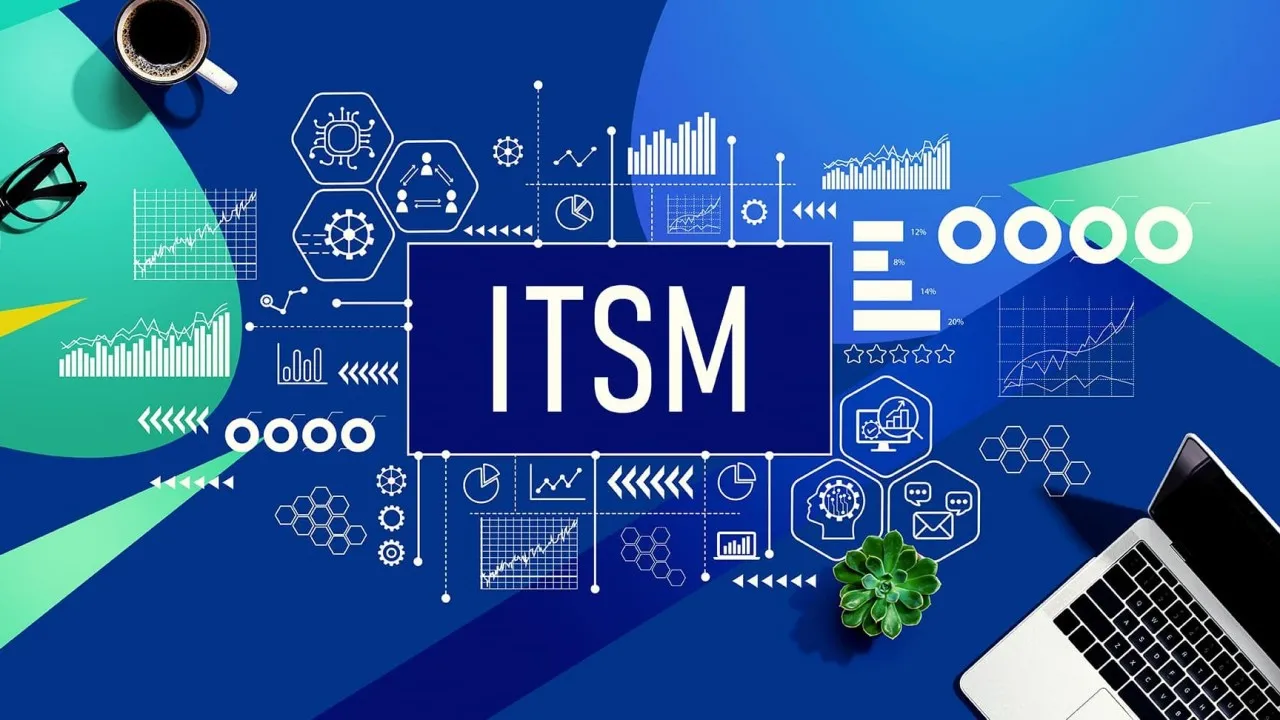In an increasingly digital world, businesses across various sectors are generating vast amounts of media content. Whether it’s videos, images, audio files, or other types of digital assets, organizations need efficient ways to manage and utilize this content. This is where Media Asset Management (MAM) systems come into play. These systems are crucial for organizing, storing, retrieving, and distributing media assets effectively. This article delves into what Media Asset Management is, its key features, its benefits, and its applications across different industries.
What is Media Asset Management?
Media Asset Management (MAM) refers to the process of managing digital media content such as video, audio, images, and documents, and ensuring they are organized, stored, and accessible throughout their lifecycle. MAM systems are tools that assist businesses in managing this content by enabling them to upload, tag, categorize, retrieve, edit, and distribute assets in an efficient and streamlined way. The core function of a MAM system is to provide a centralized, organized repository for digital assets, which helps ensure that the media is stored in an easy-to-access, searchable format.
MAM solutions are typically used in industries where large volumes of media assets are created and used regularly, such as media and entertainment, advertising, marketing, education, and corporate communications. These systems help reduce the chaos of managing media files, making it easier for teams to collaborate, streamline workflows, and reduce time spent searching for content.
Why Media Asset Management Matters
The sheer volume of media content being produced today is staggering. For example, video streaming platforms like YouTube upload hundreds of hours of video every minute. Similarly, television production houses, film studios, and advertising agencies constantly generate new content that needs to be stored, managed, and distributed. Without a proper system in place, these assets can become disorganized, and retrieving the correct file at the right time can be a daunting task.
MAM systems help solve these problems by creating a centralized platform for media assets. These systems offer users the ability to organize media by categories such as content type, date of creation, metadata, keywords, and many other criteria. By tagging and categorizing assets, MAM systems ensure that users can quickly search for and retrieve the right content. This is especially important for teams working under tight deadlines, where accessing the correct files quickly can make the difference between success and failure.
Moreover, a well-organized MAM system facilitates collaboration across teams. For example, marketing teams, production teams, and designers can access the same repository, ensuring that they work with the most up-to-date and relevant assets. This eliminates the risks of working with outdated or incorrect files.
Key Features of Media Asset Management Systems
Media Asset Management systems come with several features that make them indispensable for organizations that rely on large volumes of media content. Below are some of the most important features to consider when evaluating a MAM solution.
Centralized Storage and Repository
One of the most critical features of a MAM system is its ability to provide centralized storage for all digital media assets. Having all assets stored in one place allows for easier organization and management. Centralized storage ensures that all team members can access the media content they need, regardless of their location, as long as they have access to the system. The system may also provide version control to track changes made to files over time.
Metadata Management
Metadata is information that describes the content, context, and structure of a digital asset. In the case of media files, metadata could include things like the asset’s creator, the date of creation, keywords, and descriptions. A MAM system allows users to attach metadata to assets, making it easier to search for and categorize content. Proper metadata management is crucial for organizing large amounts of media and ensuring that assets can be easily found when needed.
Advanced Search and Filtering
With thousands of media assets to manage, the ability to quickly search and filter content is a key feature of a MAM system. Advanced search functionalities allow users to search by keywords, metadata, tags, content type, creation date, and other custom criteria. This can save a significant amount of time when trying to locate specific assets, especially when dealing with a large repository.
Version Control
In media production, assets often go through multiple iterations before the final version is complete. A MAM system with version control ensures that each new version of an asset is saved and tracked. This feature allows users to access previous versions of content if needed, which can be helpful for comparing edits or reverting to a previous iteration.
Collaboration Tools
Collaboration is an essential aspect of content creation, and MAM systems facilitate this by offering tools that allow multiple team members to work on the same project. Features like file sharing, approval workflows, and real-time editing make it easier for teams to collaborate effectively. For example, in a video production environment, the director, editor, and sound technician can all work on the same video file simultaneously, improving the production process and reducing delays.
Cloud Integration
Many MAM solutions are cloud-based, offering flexibility and scalability. Cloud integration allows media assets to be stored remotely and accessed from anywhere. This is particularly valuable for teams working in different locations or on-the-go. Cloud-based systems also provide the advantage of easy scalability. As an organization’s media library grows, cloud-based MAM systems can scale to accommodate the increased storage requirements.
Rights Management and Permissions
Media assets are often subject to copyright laws, licensing agreements, and internal policies that govern their usage. A MAM system can help manage these rights by enabling the assignment of specific permissions to different users. For example, some users may have the ability to view content but not edit it, while others may have full access to make changes. Rights management ensures that only authorized individuals can access, modify, or distribute certain assets, which is particularly important when dealing with sensitive or proprietary content.
Automation and Workflow Management
Many MAM systems come with built-in automation tools that can simplify the media management process. Automation can be used for tasks such as transcoding media into different formats, creating backups, and sending files for review and approval. Workflow management features also allow organizations to define processes and track the progress of media assets as they move through various stages of production and approval.
Analytics and Reporting
MAM systems often include analytics tools that help track how media assets are being used. This can be valuable for organizations seeking to understand the performance of their content, whether it’s a video on a social media platform, an advertisement, or a piece of corporate content. Analytics tools can provide insights into which assets are the most popular, where they are being used, and how they are performing, helping organizations optimize their media strategies.
Applications of Media Asset Management Across Industries
The use of Media Asset Management systems is not limited to the media and entertainment industry. Various other sectors also benefit from MAM systems, making them a valuable tool for businesses in diverse fields. Below are some of the key applications of MAM systems across different industries.
Media and Entertainment
In the media and entertainment industry, where large volumes of video and audio content are produced, MAM systems play a vital role in organizing and managing content. Broadcasting stations, production companies, and streaming services all rely on MAM systems to store and distribute media files efficiently. These systems help content producers track video and audio assets, manage distribution, and ensure that content is delivered in the correct formats for different platforms.
Marketing and Advertising
Marketing and advertising agencies create a wide range of media content, including videos, images, graphics, and audio. A MAM system helps these teams keep track of the content and ensures that assets are easily accessible for reuse across campaigns. By managing assets centrally, marketing teams can quickly find and repurpose content, making it easier to maintain consistency across campaigns and reduce duplication of effort.
Education and E-Learning
Educational institutions and e-learning platforms are increasingly relying on multimedia content to engage students. MAM systems help these organizations organize and distribute educational resources such as videos, lectures, podcasts, and tutorials. With easy access to content, educators can provide students with high-quality learning materials that enhance their educational experience.
Corporate Communications
Large organizations use MAM systems to manage corporate content, including training videos, presentations, and internal communications. By centralizing media assets, these organizations ensure that employees have access to up-to-date, approved content. This can be particularly important in maintaining consistency in corporate messaging and branding across departments.
Sports and Events
In the sports industry, where real-time access to content is often required, MAM systems help broadcasters, teams, and event organizers manage video highlights, interviews, and promotional materials. By tagging content with relevant metadata such as event names, players, and game statistics, MAM systems make it easy to retrieve specific assets quickly, improving the speed at which content can be distributed to viewers.
Choosing the Right Media Asset Management Solution
When selecting a MAM system, there are several factors that businesses should consider. These include the scalability of the system, its ease of use, the level of support provided, and its ability to integrate with existing tools and technologies. Cost is also an important factor, as MAM systems can vary significantly in price depending on the features offered and the size of the organization.
Security is another crucial consideration. Since many media assets are valuable intellectual property, it’s essential to choose a MAM solution that provides robust security features, such as encryption, access control, and user authentication.
Lastly, businesses should consider the future needs of their organization. As the volume of media assets grows, a scalable MAM solution that can handle the increasing load without compromising performance will be important for long-term success.
Conclusion
Media Asset Management systems are critical tools for managing and organizing the vast amounts of digital content that businesses and organizations generate. These systems help streamline workflows, improve collaboration, and enhance productivity by providing centralized storage and advanced features such as metadata management, searchability, and rights management. With applications across industries ranging from media and entertainment to education and marketing, MAM systems play a pivotal role in optimizing content creation and distribution processes. As digital content continues to grow in importance, the need for efficient media asset management will only increase, making MAM systems an indispensable asset for businesses seeking to stay competitive in the digital age.






